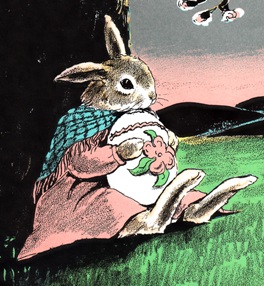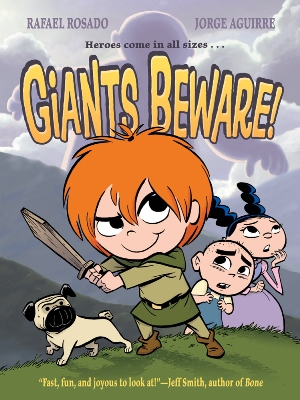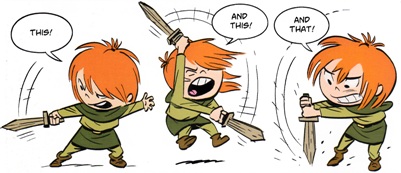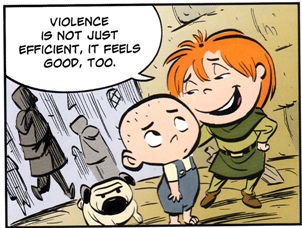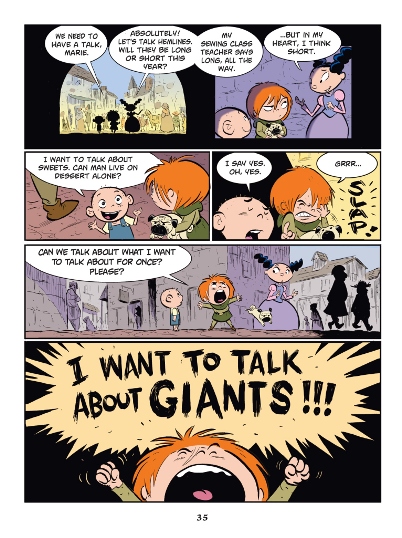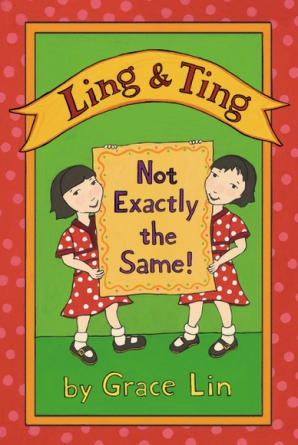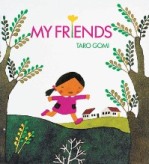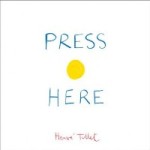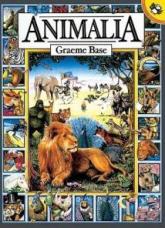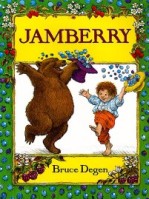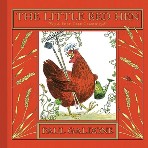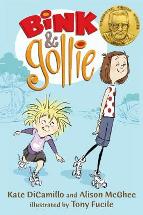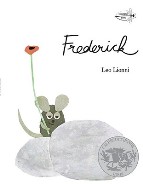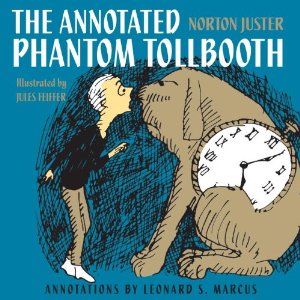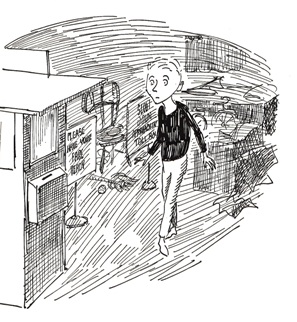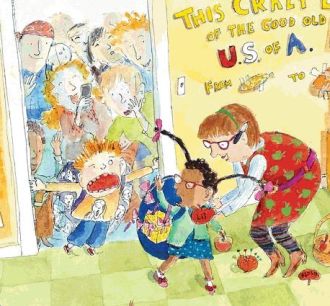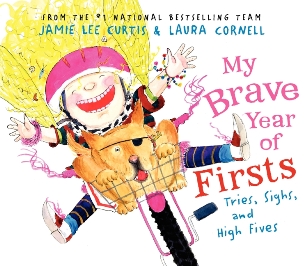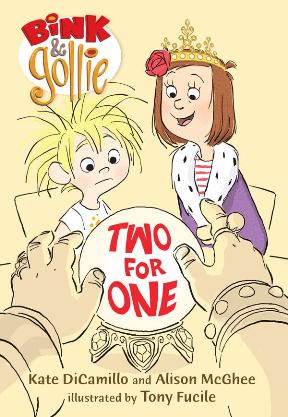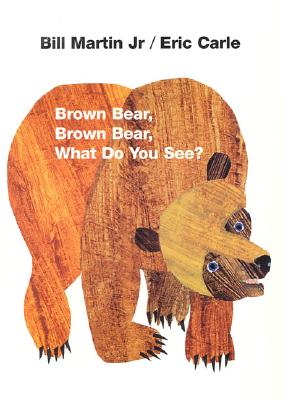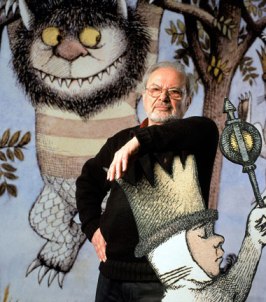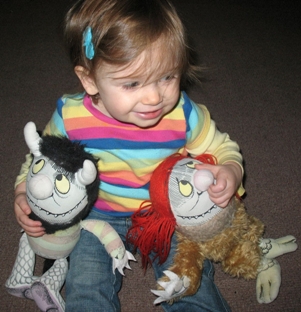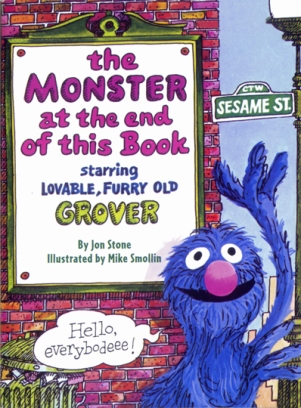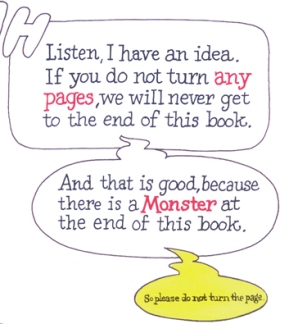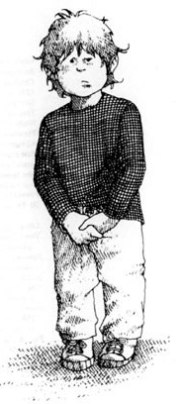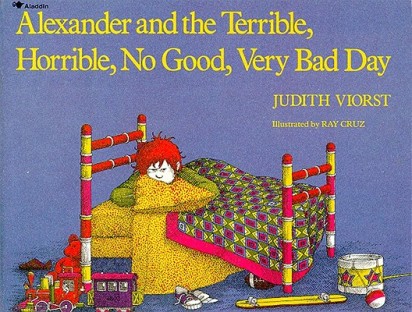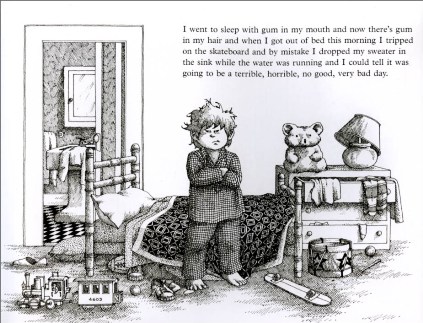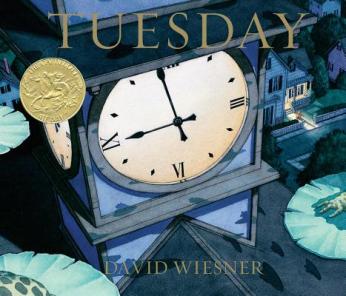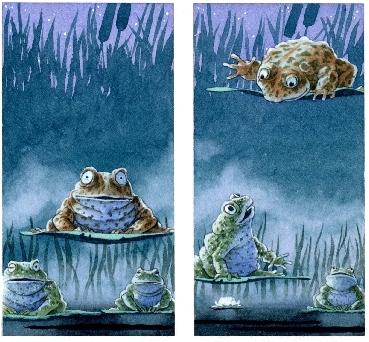Easter is an odd holiday. While it has admittedly deep religious significance for Christians, for the rest of the world (and for Christians too), Easter mashes together a very weird pastiche of cultural iconography, presumably all about the celebration of “Spring.” Easter is a holiday symbolized by bunnies who deliver eggs (as opposed to chickens who are normally responsible for egg production), cute little chicks that apparently came from eggs that escaped the bunnies’ dye factories, a metric ton of candy, and really, really big hats. I’m not entirely sure how that all comes together to celebrate the Spring Equinox, but, like most major holidays, it’s just weird enough to work. I don’t understand Easter, but I like it and I really enjoy sharing it with my daughter.
And one of the best ways I’ve found to share Easter with my daughter is reading her The Country Bunny and the Little Gold Shoes by Du Bose Heyward and Marjorie Flack, a book that I regard as THE definitive Easter book for kids. You can find many Easter-themed books at the bookstore, just begging to be tucked into that weird fake grass in your child’s Easter basket, but, trust me, no book has ever done a better job of creating a more enchanting and engrossing mythology around Easter than The Country Bunny and the Little Gold Shoes.
Originally published in 1939, The Country Bunny and the Little Gold Shoes was actually authored by Du Bose Heyward, the author best known for writing the novel Porgy, which was the basis for George Gershwin’s opera Porgy and Bess. Heyward originally composed the story simply to entertain his nine-year-old daughter Jenifer – the book’s subtitle is “as told to Jenifer” – until Marjorie Flack, a noted illustrator, asked him to collaborate with her into turning The Country Bunny into a children’s book.
(If you want a much more detailed and beautifully written account of the book’s origins, check out the entry on The Country Bunny and the Little Gold Shoes on Anita Silvey’s wonderful Book-a-Day Almanac.)
So, what’s so special about this seventy-four-year-old picture book? For starters, it creates one of the most coherent mythologies around Easter that I’ve ever read. As the book opens, Heyward explains to us:
We hear of the Easter Bunny who comes each Easter Day before sunrise to bring eggs for boys and girls, so we think there is only one. But this is not so. There are really five Easter Bunnies, and they must be the five kindest, and swiftest, and wisest bunnies in the whole wide world, because between sunset on Easter Eve and dawn on Easter Morning they do more work than most rabbits do in a whole year.
In The Country Bunny and the Little Gold Shoes, Heyward transforms the Easter Bunny into a shared role held by five different rabbits of varying shapes and sizes, which, as a parent, I think is fairly genius. Particularly because, around Easter time, kids are barraged with Easter Bunny meet-and-greet opportunities and the colors and sizes of those Easter Bunny costumes vary WILDLY. But, thanks to The Country Bunny, when my daughter asks me why the Easter Bunny at the mall was white and the Easter Bunny at the grocery store was brown, I can just say, “Hey, remember The Country Bunny? There are five all together, so…” (I realize that Heyward probably wasn’t thinking about furry character photo ops when he wrote the book, but, hey, it works for me.) [read the rest of the post…]
{ 7 comments }

